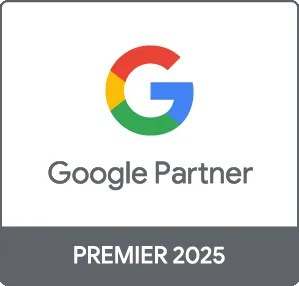Ad set optimization is crucial for improving your marketing campaigns and achieving better return on investment (ROI). By effectively managing your ad sets, you can streamline targeting, control spend, and enhance overall effectiveness. In this article, we'll share actionable tips for optimizing your ad sets, whether for Facebook, Google Ads, or other platforms. These strategies will help you get the most out of your advertising budget and increase your conversion rates.
Why Ad Set Optimization Matters
Optimizing your ad sets is vital in ensuring that your ads reach the right audience, at the right time, and in the right way. By refining your ad sets, you can:
- Maximize Ad Performance: Improved targeting leads to higher click-through rates (CTR) and conversions.
- Minimize Wasted Spend: Optimize budgets to focus on effective channels and audiences.
- Gain Valuable Insights: Better understanding of audience behavior and preferences.
1. Define Clear Objectives
The foundation of any successful ad set optimization is understanding your campaign objectives. Whether your goal is brand awareness, lead generation, or sales, defining clear and measurable objectives will guide your decisions throughout the campaign.
2. Targeting the Right Audience
Targeting is one of the most critical elements of ad set optimization. Here are tips on how to refine your audience:
- Use Demographic Targeting: Define your audience based on age, gender, and location to ensure your ads reach the most relevant viewers.
- Utilize Custom Audiences: Leverage data from previous customers to create lookalike audiences, helping you reach new potential customers that share similar characteristics.
- Segment Your Audience: Divide your target audience into smaller segments to tailor your messaging specifically for each group.
3. A/B Testing for Performance Insights
A/B testing is a powerful technique for optimizing your ad sets. Here's how to effectively utilize it:
- Test Different Creatives: Experiment with various images, headlines, and ad copies to determine which perform best.
- Adjust Targeting Parameters: Use A/B testing to tweak demographic and interest-based targeting to maximize engagement.
- Analyze Results: Make data-driven decisions based on the performance metrics of each ad variation.
4. Optimize Bidding Strategies
Your bidding strategy plays a vital role in how effectively you allocate your ad budget. Consider:
- Switching to Manual Bidding: If you find automated bidding is not yielding desired results, consider manual bidding to have more control.
- Adjust Your Bid Amounts: Analyze your campaign’s performance to adjust bids for better-performing segments and reduce spend for underperforming ones.
5. Monitor and Make Adjustments Regularly
Continuous monitoring and adjustment are crucial to the success of your campaigns. Regularly analyze performance metrics such as CTR, conversion rates, and engagement metrics to identify areas for improvement and make real-time adjustments.
Conclusion
Ad set optimization is an ongoing process that requires constant attention and refinement. By implementing these ad set optimization tips, you'll enhance the effectiveness of your campaigns, reduce wasted spend, and ultimately increase your ROI. At Prebo Digital, our expertise in digital marketing can help you navigate the complexities of ad set optimization. Contact us today to learn how we can help you maximize your advertising success!





